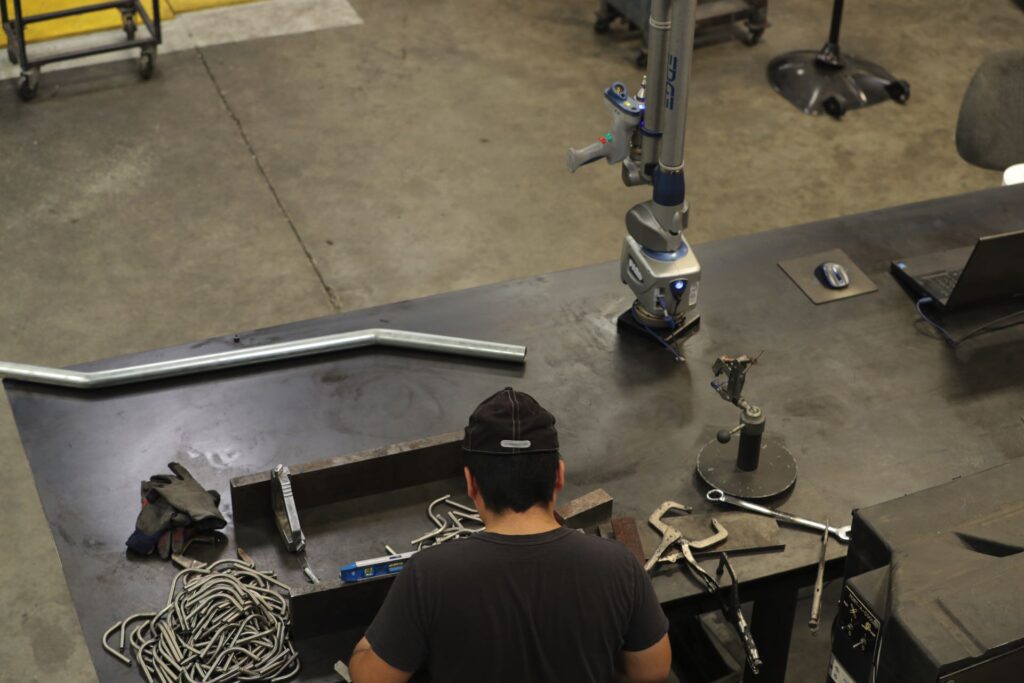Pipes are the silent workhorses of the modern world, carrying fluids, gases, and materials across industries. But sometimes, a straight path isn’t enough. That’s where pipe bending services come in, transforming rigid tubes into intricate shapes that navigate obstacles and optimize functionality. This article delves into the world of pipe bending, exploring its applications, techniques, and considerations for choosing the right service provider.
The Shape of Things to Come: Applications of Pipe Bending
Pipe bending transcends aesthetics. Its applications span diverse industries, adding complexity and precision to projects:
- Construction: Plumbing, gas lines, structural support beams, and HVAC systems often require bends to navigate walls, ceilings, and tight spaces.
- Automotive: Exhaust systems, chassis components, and brake lines rely on precise bends for performance and safety.
- Shipbuilding: From railings and masts to fuel lines and ventilation systems, curved pipes provide structural integrity and fluid flow.
- Energy: Pipelines for oil, gas, and water navigate uneven terrain and obstacles, often utilizing specialized bending techniques.
- Manufacturing: Conveyor systems, machinery components, and furniture frames rely on bent pipes for structural integrity and functionality.
Bending the Rules: Techniques for Shaping Metal
The magic of pipe bending lies in its diverse techniques, each catering to specific materials, diameters, and bend angles:
- Mandrel Bending: A precisely sized core inside the pipe prevents kinks and maintains wall thickness during bending. Ideal for tight bends and thin-walled pipes.
- Rotary Draw Bending: A die and clamp pull the pipe around a stationary mandrel, offering exceptional accuracy and minimal wall thinning. Suitable for complex shapes and multiple bends.
- Roll Bending: The pipe passes between rotating rollers, gradually forming the desired bend. Efficient for large-diameter pipes and simple bends.
- Induction Bending: Localized heating softens the pipe at the bend point, allowing for precise shaping without impacting other areas. Useful for thick-walled pipes and tight radii.
Choosing the Right Bend: Factors to Consider
With a plethora of service providers and techniques available, finding the right fit is crucial. Here are some key factors to consider:
- Material: Different materials, like steel, copper, aluminum, and plastic, have specific bending limitations and require compatible techniques.
- Pipe Diameter and Wall Thickness: Thicker walls and larger diameters demand specialized equipment and expertise.
- Bend Angle and Shape: Simple bends are easier to achieve, while complex shapes may require advanced techniques and experienced technicians.
- Quantity and Turnaround Time: High-volume projects might necessitate different equipment and lead times than smaller jobs.
- Quality and Certifications: Ensure the service provider adheres to industry standards and relevant certifications for your project’s specifications.
- Cost and Value: Price shouldn’t be the sole deciding factor. Choose a provider who offers the right technology, expertise, and value for your project’s needs.
Beyond the Bend: Future Trends in Pipe Shaping
As technology advances, the world of pipe bending is evolving:
- 3D Printing: Advancements in 3D metal printing could unlock entirely new possibilities for pipe shapes and functionalities.
- Automated Bending Systems: Increased automation promises higher accuracy, efficiency, and consistency in bending processes.
- Advanced Materials: New materials with superior strength, flexibility, and corrosion resistance will expand the scope of pipe bending applications.
The Final Curve: A World Shaped by Bends
Pipe bending is more than just shaping metal; it’s about adding flexibility and adaptability to the very infrastructure of our world. From skyscrapers to spacecraft, the curves and turns created by these services allow us to navigate challenges, optimize performance, and ultimately, design a world that flows seamlessly. So, the next time you marvel at a winding pipeline or intricately curved exhaust system, remember the silent heroes behind the bend – the pipe bending services that shape the world, one curve at a time.
Source Url:- https://shorturl.at/csCY0
